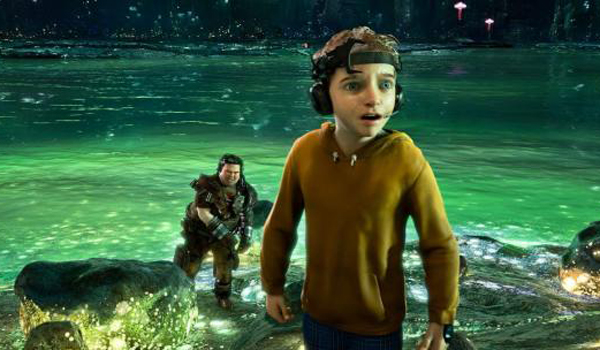Is 'Mars Needs Moms' Too Realistic?

The human characters in Disney's new 3-D film "Mars Needs Moms" have been criticized as appearing get this too lifelike. But isn't realistic animation a good thing? Not exactly, according to the "uncanny valley" theory, which states that computer animation can only be realistic up to a certain point before it begins to make viewers uneasy.
According to the theory, which was proposed by Japanese roboticist Masahiro Mori in the 1970s, we feel positive emotions towards an inanimate object that appears to have a vaguely human likeliness, such as a rag doll. But if an object seems too true-to-life, like, say, a life-size robot designed to look and talk like a human, we become repulsed by it.
We react this way because the robot looks too human it closely resembles us but still looks robotic, sort of like a zombie . Instead of noticing how it's somewhat similar to us, as we might with the rag doll, we hone in on what makes it unsettlingly less than human. Subtle flaws, such as eyes that don't look or move exactly like ours, suddenly look spooky. Over the years, Mori's theory has spread from robotics to animation, as films like "Avatar" continue to push the animation-meets-live-action boundaries.
For "Mars Needs Moms," producer Robert Zemeckis implemented the use of motion-capture technology, which consists of actors wearing full-body suits covered with sensor dots in order to have the performers' exact movements captured on computer. The dots provide a digital model onto which animators add computerized graphics to flesh out the characters.
"We wanted it to feel realistic enough to where you forget you're watching something that is essentially a computer artifact," the film's director, Simon Wells, told the New York Times.
But it may have been that level of realism that made many viewers squirm. Reviewers complained that the technology made the human characters' eyes look lifeless, eerie and flat. In 2004, Zemeckis directed "The Polar Express," which also used motion capture technology and received similar criticism, with reviewers chiding Tom Hank's animated character's "empty, dead eyes."
But that doesn't mean that all animated films with motion capture technology will face the same fate: According to the uncanny valley theory, as an object continues to look increasingly human and surpasses the revulsion-reaction stage, it begins to create a positive emotional response. The less distinguishable it becomes from a human being, the more it triggers our human-to-human empathy levels.
Sign up for the Live Science daily newsletter now
Get the world’s most fascinating discoveries delivered straight to your inbox.
So while motion-capture animated design may not be there quite yet, as the technique continues to develop through trial and error, future films' animated human characters may be able to emerge from the other side of the uncanny valley with truly lifelike and therefore non-creepy eyes.










